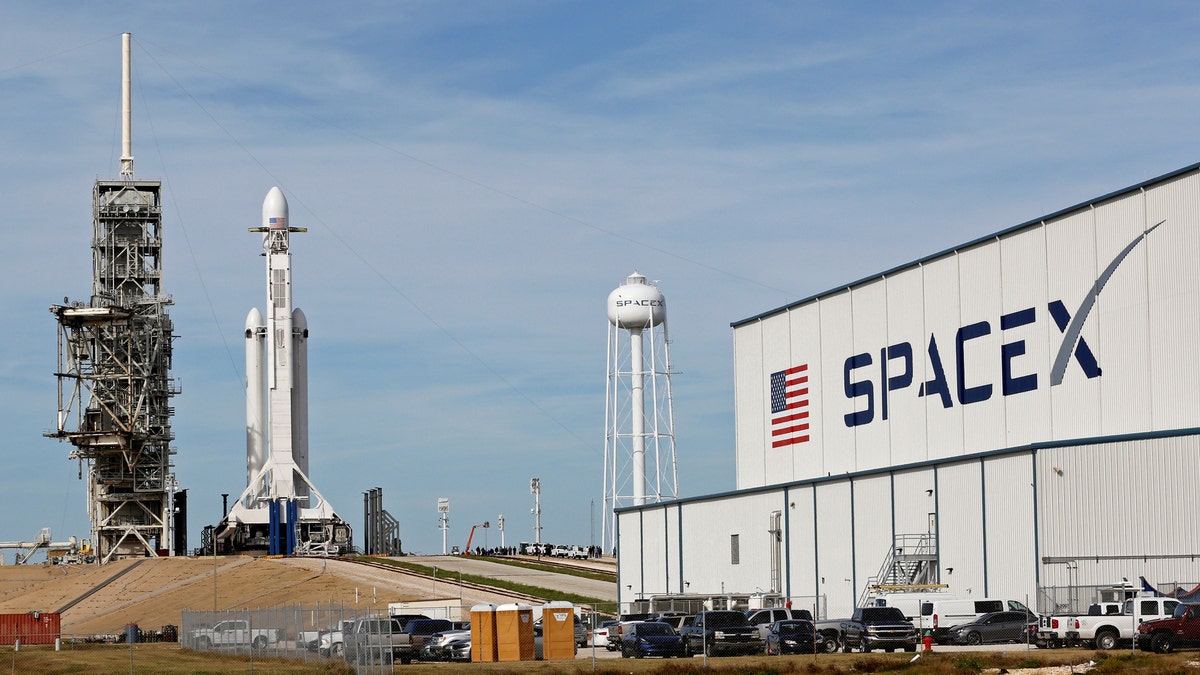
File photo: A SpaceX Falcon Heavy rocket stands on historic launch pad 39A as it is readied for its first demonstration flight at the Kennedy Space Center in Cape Canaveral, Florida, U.S., February 5, 2018. (REUTERS/Joe Skipper)
A SpaceX project to supply satellite-powered broadband cleared a regulatory hurdle on Wednesday. FCC chairman Ajit Pai recommended approval of the company's plan, citing the need to bring internet to "hard-to-serve places" in the US.
"To bridge America's digital divide, we'll have to use innovative technologies," Pai said in a statement.
Satellite-powered internet is actually nothing new, but the plan from SpaceX promises to make it cheaper and far faster. To make it work, the company needs to send over 4000 satellites into low-orbit around the Earth (or about 700 miles from the planet, far lower than many communication satellites).
The satellites from SpaceX will then communicate with stations on the ground to supply affordable broadband across the world. Speeds for the internet service will reach up to one gigabit per second (Gbps), far ahead the 31 Mbps an average US household receives.
More From PCmag
On Wednesday, Pai said the satellite technology could also serve areas of rural America where fiber optic cables and cell towers have failed to reach. It'll also introduce healthy competition with internet service providers on the ground too, he said.
Pai's support puts SpaceX on track to become the first US-based company the FCC has approved to supply a new generation of satellite-powered broadband. Other companies including Canada's Telesat, the UK's OneWeb and Space Norway have also received approval from the FCC on similar proposals.
SpaceX hasn't commented on the news. But the company is reportedly launching a pair of experimental satellites this Saturday that will test the antenna technology meant to power the broadband access. Once the testing is complete, it plans to launch the broadband system in phases, with the initial deployment starting at 1,600 satellites. The first batch could start going up in 2019.
This article originally appeared on PCMag.com.




















